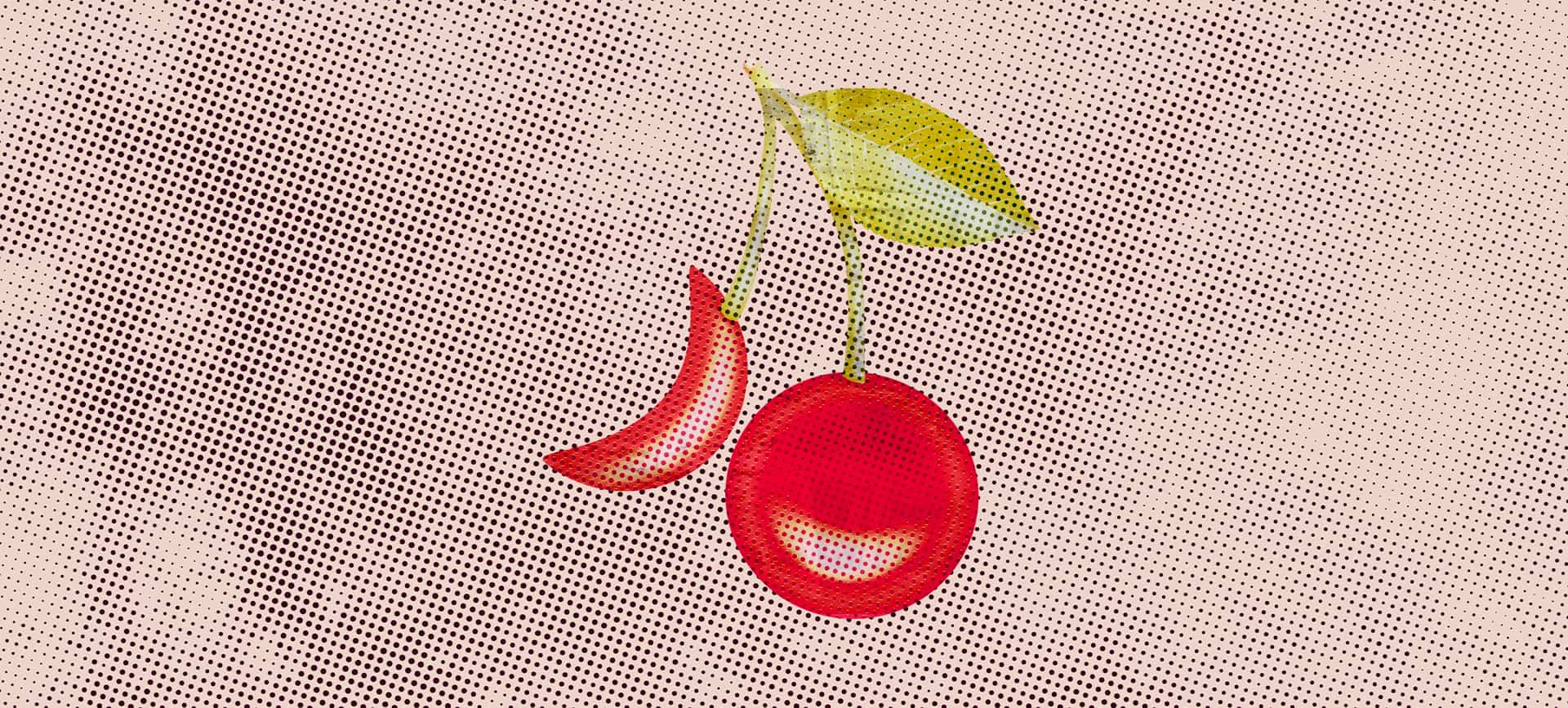The inflammation and lack of adequate blood flow associated with SCD can damage the testes, and abnormal semen analyses have been observed in men with the disease who aren't receiving therapy for it. Research documenting low sperm counts, or oligospermia, in men with SCD has existed for a while.
Vaso-occlusion, or blockage of the blood vessels, and the consequent oxygen deprivation of the vascular system that supplies the genitals can disrupt the hypothalamic-pituitary-adrenal (HPA) axis. In turn, this can cause hypogonadism in men with SCD, according to a 2020 article in the peer-reviewed Transplantation and Cellular Therapy journal. The article, co-written by Mishkin, states that hypogonadism can decrease testosterone production, libido and fertility, and cause erectile dysfunction, another culprit responsible for degraded fertility. Zinc deficiency due to SCD can cause similar problems.
Researchers have identified a high prevalence of compensated (subclinical) hypogonadism in men with SCD. The condition is capable of becoming full-fledged hypogonadism with age, further predisposing SCD patients to infertility.
"A sickle cell crisis just means that blood flow is interrupted somewhere," Mishkin said. "Depending on where it is, different things happen. If it happens to [your bones], you can mess up your bones permanently. If it happens to an organ, you can have a stroke, you can have a heart attack, right? This is dangerous. It can happen to the penis and it's called priapism."
Men who experience priapism as a result of a sickle cell crisis can experience erections lasting three or four hours, which might require the blood to be drained with a syringe. Plus, the entire region could be affected if it happens multiple times, Mishkin said. Priapism could result in poor oxygen delivery to the testes, which can negatively affect sperm. Likewise, the discomfort and sexual dysfunction that accompany priapism pose additional barriers to conception.














